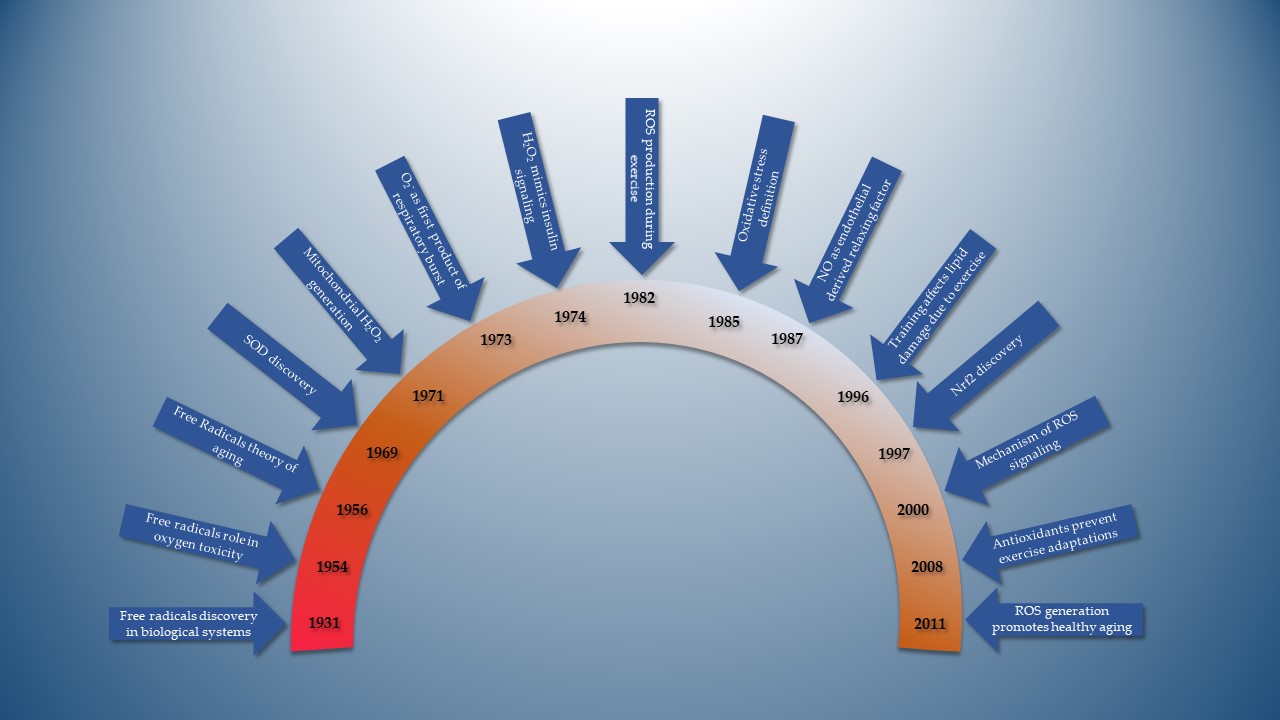Stability Of Free Radicals In Organic Chemistry
Free radicals may be created in a number of ways including synthesis with very dilute or rarefied reagents reactions at very low temperatures or breakup of larger molecules. Free-Radical Addition of HBr.

Radical Resonance Arrows For Allylic And Benzylic Radicals By Leah Fisch Youtube
Endgroup orthocresol Jul 24 20 at 1848.

Stability of free radicals in organic chemistry. A notable example of a free radical is the hydroxyl radical HO a molecule that is one hydrogen atom short of a water molecule and thus has one bond dangling from the oxygen. Most organic chemistry books will have sections dedicated to radicals. Resonance Structures of Radicals.
The Br2 single bond is broken by high energy ligh hv to form radicals placing one electron on each atom. As the half-empty orbital. Organic radicals are inherently electron deficient thus the greater the electronegativity of the atom on which the unpaired electron resides the less stable the radical.
Create free Team Teams. This method will help you in figuring out stability of all types of intermediate be it carbocation carbanion or carbon free radical. A Radical Br abstracts one hydrogen from a C-H bond in propane to form radical.
Across a row of the periodic table free radicals decrease in stability as the electronegativity increases Free radicals increase in. One radical reacts with a single bond to form another radical thus propagating the radical species to drive the reaction forward. Becomes a free radical R.
When the R-I bond breaks R. Between carbon nitrogen and oxygen for example carbon is the most stable and oxygen the least stable. As organic chemists we are particularly interested in radical intermediates in which the unpaired electron resides on a carbon atom.
It just needs the right amount of electrons. There are THREE critical steps to free radical reactions. The short answer is partially yes but radicals are also stabilised by electron-withdrawing groups and if you have both electron-donating and electron-withdrawing groups thats potentially even better.
Stereochemistry of Radical Halogenation. Most radicals are reasonably stable only at very low concentrations in inert media or in a vacuum. Browse other questions tagged organic-chemistry polymers stability radicals esters or ask your own question.
Generating a radical halogen. Viewed 21 times 3 begingroup My question concerns the relative stability of a radical next to an ester oxygen compared to a radical next to an ester carbonyl carbon. Free radicals play an important role in combustion atmospheric chemistry polymerization plasma chemistry biochemistry and many other chemical processes.
Factors That Destabilize Free Radicals Free radicals decrease in stability as the of s-character in the orbital increases ie. In living organisms the free radicals superoxide and nitric oxideand their reaction products regulate many processes such as control of vascular tone and thus blood pressure. Now days organic chemists reserve the terms radical or free radical to refer to neutral species such as CH 33C.
Selectivity in Radical Halogenation. 112 Halogenation of Alkanes with Br2. A free radical has one electron less than Carbon atom.
And have extended those terms to include neutral species such as RO. Most radicals are reasonably stable only at very low concentrations in inert media or in a vacuum. Stability order of free radicals increases as we move from primary to tertiary free radicals due to I effect of methyl groups there is a.
The geometry and relative stability of carbon radicals. Stability order of carbanions decreases as we move from primary to tertiary anion because due to I effect of methyl groups there is an increased intensity of negative charge on central carbon of tertiary carbanion which further makes it unstable. Just think of carbon atom as a person who neither happy with more electron density nor with less.
Experimental evidence indicates that the three bonds in a carbon radical have trigonal planar geometry and therefore the carbon is considered to be sp 2 -hybridized with the unpaired electron. Radical Halogenation in Organic. Initiation Propagation Termination in Radical Reactions.
